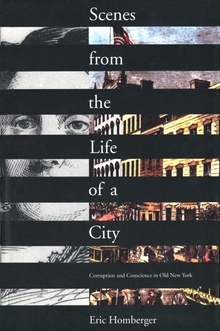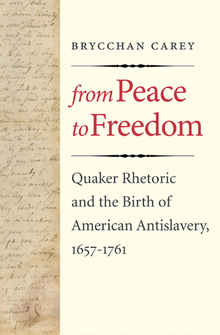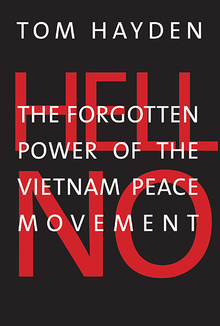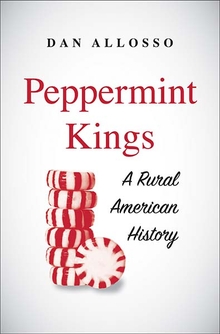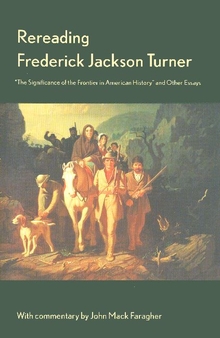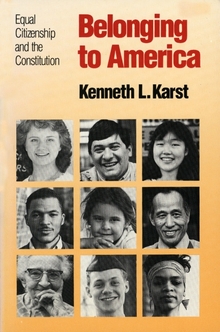Scenes from the Life of a City
WARNING
You are viewing an older version of the Yalebooks website. Please visit out new website with more updated information and a better user experience: https://www.yalebooks.com
Corruption and Conscience in Old New York
Eric Homberger
Out of Print
Homberger focuses on four main characters who played important roles in various reform efforts of the period: Ann Lohman, known as "Madame Restell, the world-renowned medical expert," whose services as an abortionist were partly responsible for the creation of a harshly repressive public policy toward abortion that persisted for more than a century; "Slippery Dick" Connolly, comptroller of New York City, who escaped to Europe with millions of the city's dollars and betrayed his confederates in the Tweed Ring; Dr. Stephen Smith, a young surgeon at Bellevue Hospital who was able to show that dozens of cases of typhus had originated in a single tenement on East 22nd Street; and Frederick Law Olmsted, the architect-in-chief of Central Park, who brought into reality a concept promoted by the aristocracy for the benefit of rich and poor alike.
In the course of telling the stories of these New Yorkers, Homberger describes a host of other characters: cynical politicians employing the ever-effective language of racism, real estate speculators angrily contesting who was to reap the benefit of Central Park and who was to pay, well-meaning preachers, cunning lawyers, destitute immigrants, curious journalists, wealthy New Yorkers who anxiously feared the city's mobs, moral reformers, and many more. Wonderful reading, Homberger's book is also timely, for his account of the struggle to define and create community within a diverse and contentious city illuminates similar struggles taking place in cities today.
"A rich and subtle map of mid-century New York. Homberger blends vivid portraits of individuals with broad surveys of culture and politics; he writes with verve and clarity about the secret life of a dramatic city."—Scott Russell Sanders, Indiana University
"[A] vividly textured, though-provoking history. . . . Today's social critics . . . would do well to emulate Homberger's sophisticated understanding that there are no moral absolutes in dealing with such messily interrelated issues as poverty, family disintegration, and unemployment."—Wendy Smith, Fanfare (New York Newsday)
"Eric Homberger's book can be heartily recommended...[I]t is beautifully produced [and] is rich in incidents, characters, quotations, ideas: rich in learning. He has a cast of hundreds, but never loses command of it, and involves us so successfully with the huge urban family that not only do we feel really well-acquainted with its members, we also feel deeply involved in their struggle between sunshine and shadow . . . [T]his is self-evidently a fascinating work."—Hugh Brogan, The Independent on Sunday
"This work is illustrated with enticing photographs and engravings. Homberger's interpretive approach and blend of sources make it an essential read for urban historians."—Choice
"An enlightening and even endearing book."—New Leader
"Homberger's book is indeed quite wonderful, full of gossip, anecdote, colorful characters, and lively history about what will surely always be the most raffish and fascinating city in the world."—Stephen Birmingham
"Gracefully executed, important, and timely. . . . Tells the tale of four fascinating New Yorkers, demonstrates the intersection of biography and history, and recalls the old French bromide 'the more things change, the more they stay the same.'. . . Highly recommended."—Warren Shaw, The Westsider
"A colorful New York narrative. . . . A fast moving, picaresque history of bold characters and fierce tensions—a scholarly and fascinating account of the desolation of slum life; the sham and passion of the abortion issue; the arrogance of corrupt politicians and the epic struggle to build Central Park. . . . Without [Homberger's] vivid portrayal of a hopeless underclass and a patrician class, conscious of its own loss of dominance, the desperate motivation of New York's reformers cannot be understood. Scholars and general readers will both learn and enjoy. It is a marvelous book."—Arnold Markoe, New York History
"[A] marvelously interesting and informed book. . . . The book is about urban living conditions in New York City from the 1840s through the 1870s; political corruption, poverty, public health, and about reform efforts directed toward alleviating such problems."—Donald B. Gibson, Yearbook of English Studies
Publication Date: October 26, 1994
60 b/w illus.

